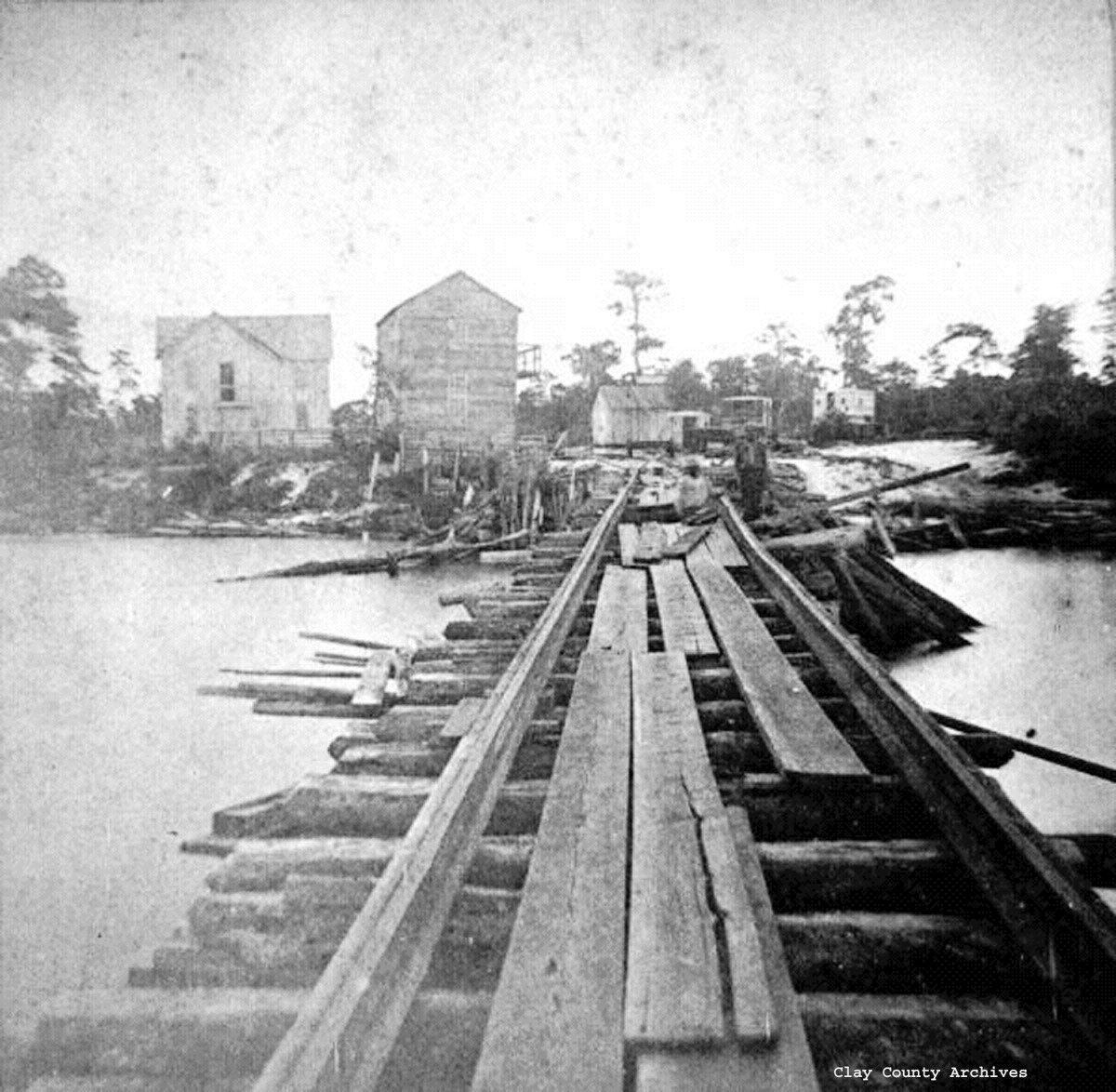West Tocoi, Clay County’s transportation hub for lumber, naval stores and crops
CLAY COUNTY – When Clay County was carved from Duval in 1859, homesteaders and naval stores operations were already beginning to cluster on the west bank of the St. Johns River just south of Green …
This item is available in full to subscribers.
Attention subscribers
To continue reading, you will need to either log in to your subscriber account, or purchase a new subscription.
If you are a current print subscriber, you can set up a free website account and connect your subscription to it by clicking here.
If you are a digital subscriber with an active, online-only subscription then you already have an account here. Just reset your password if you've not yet logged in to your account on this new site.
Otherwise, click here to view your options for subscribing.
Please log in to continueDon't have an ID?Print subscribersIf you're a print subscriber, but do not yet have an online account, click here to create one. Non-subscribersClick here to see your options for subscribing. Single day passYou also have the option of purchasing 24 hours of access, for $1.00. Click here to purchase a single day pass. |
West Tocoi, Clay County’s transportation hub for lumber, naval stores and crops
CLAY COUNTY – When Clay County was carved from Duval in 1859, homesteaders and naval stores operations were already beginning to cluster on the west bank of the St. Johns River just south of Green Cove Springs. But… war erupted and all traffic on the St Johns River stopped.
After the Civil War, steamboats again began to ply the river and life picked up in West Tocoi.
Steamboat schedules called the landing West Tocoi to distinguish it from Tocoi on the opposite side of the river. First named by early native Indians, Tocoi means “shallow crossing” and the fording site was part of a network of tribal and game trails traveled for generations before the Spanish arrived.
It was almost at once a rough and tumble busy commercial landing with frequent steamship stops to load sawn lumber, naval stores and seasonal crops. As newcomers settled inland, larger and larger numbers of livestock, naval stores and agricultural products began to arrive at the docks for dispatch to northern markets. The dock was usually cluttered with animal skins – from bear and panther to alligator – headed for Jacksonville tanneries.
One local woman widowed when her husband was killed in a grizzly boiler explosion at the West Tocoi sawmill supported her family by selling buckets of water hyacinths to float, roots and all, in fancy hotel fountains up the east coast.
A few curious travelers, mostly naturalists and independently wealthy would be adventurers, visited but stayed only briefly at the town’s rough and primitive boarding houses.
Then in the early 1880s, the Jacksonville, Tampa and Key West Railroad began laying track and the first leg from Jacksonville to Palatka swerved close to the St. Johns River to include a stop in West Tocoi. Operation commenced in March, 1884, and by the beginning of the tourist season the next November, the town was perfectly situated.
Tourists anxious to avoid an arduous and sometimes dangerous ocean voyage to reach St Augustine were able to travel by train all the way to West Tocoi then board the new ferry and after a short trip across the river arrive at the settlement’s sister city on the opposite shore.
There they boarded the St. Johns Railroad for a harrowing trip in open rail cars pulled along track by mules with no enthusiasm for the project. The brochures made this jaunt sound more impressive than it was but it certainly gave tourists a story to tell when they returned north.
Even when the mules were replaced with a wood-burning engine passengers had to be alert to pat out any sparks that blew onto their clothing and were occasionally recruited to disembark and gather wood along the way.
In 1892, Mr. Flagler’s railroad to St. Augustine east of the river was complete and the St. Johns RR closed in 1895. West Tocoi, like the rest of Clay County, began a gradual decline as fickle investors and tourists flocked further south in search of something new.
All that remains today are pilings in the river and deserted concrete block quarters built for turpentine workers in the 1930s and 40s and often mistaken for abandoned motels.








